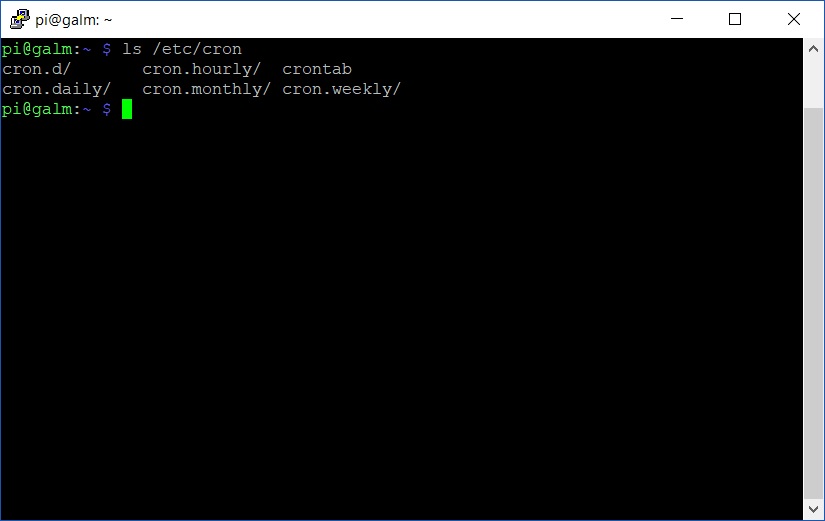Keeping your Pi-Hole container fresh with Cron
Table of Contents
In our previous entry, we unleashed the awesome that is Pi-Hole inside a Docker container to make all the devices in our network ad-free when browsing the internet. Now while that is a good start, you want to keep your container running the latest and greatest version of Pi-Hole right? Now while the containerised version disables Pi-Holes built in upgrade mechanisms, you still can upgrade it in a way that containers are designed to…by phoenixing them!
Refresh the container script #
First off, lets open up nano (or your favourite text editor) and create a script file:
nano refreshpihole.sh
Next, punch in the following code:
#!/bin/bash
docker pull diginc/pi-hole-multiarch:debian_armhf
docker rm -f pihole
/path/to/pihole/launch/script.sh
If you have checked out any of my other Docker based posts, the above should be self explanatory.
docker pull diginc/pi-hole-multiarch:debian_armhf
This downloads the latest version of the container image. Remember to confirm which image:tag you require for your particular device.
docker rm -f pihole
The above then goes and trashes the currently running Pi-Hole container.
/path/to/pihole/launch/script.sh
Last but not least, we execute the previously created Pi-Hole script to launch it once more, albeit with a fresh and updated image.
Once you have saved and exited out of the script, don’t forget to make it executable with chmod.
Schedule the script with Cron #
Cron, named after the Greek word for time, chronos, is a scheduling system across Linux distributions. Cron has various ways to schedule commands and scripts. One way is with the crontab -e command which will open the per user Cron schedule with a custom version of the text editor VIM. Alternatively, there are predefined folders under /etc/:

Simply copy your script file to refresh the Pi-Hole installation to the folder of your choice and it will be executed by Cron on that schedule:
sudo cp /path/to/script/refreshpihole.sh /etc/cron.monthly
With the above, Cron will execute our copied script (and any others in that folder) on a monthly basis.
Summary #
The above gives us a small but important example in how Docker and container systems broadly are advantageous over running apps and services on a traditional virtual machine with (hopefully) a patching regime in place. Here we have a important component of our infrastructure that is being kept up to date, has a small footprint across our file-system and operating system, while keeping configuration and logs persistent with minimal downtime.

